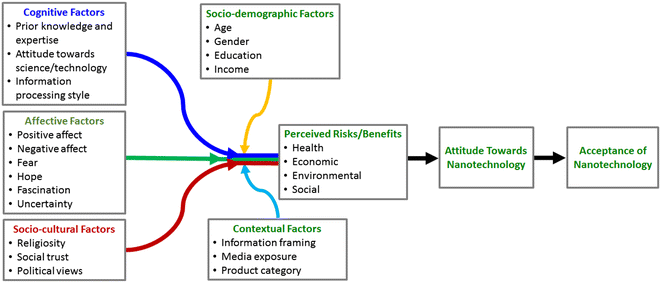When we think of space exploration, we often imagine astronauts donning their iconic suits, sleek rockets blasting off into the cosmos, and distant planets waiting to be explored. However, there’s another crucial aspect of space exploration that often goes unnoticed – the incredible role played by nanotechnology in advancing materials beyond Earth’s boundaries. In this blog post, we’ll dive into the fascinating world of nanotechnology and how it’s transforming space exploration.
The Nanoscale Revolution
Nanotechnology involves manipulating matter at the nanoscale, which is typically on the order of one billionth of a meter. To put this in perspective, a human hair is about 80,000 to 100,000 nanometers wide. At this minuscule level, materials exhibit unique properties and behaviors that differ significantly from their macroscale counterparts.
Nanomaterials can be engineered with precision, allowing scientists and engineers to tailor their properties for specific applications. This precision engineering has opened up a plethora of possibilities for space exploration, from spacecraft construction to astronaut gear.
Lightweight, Yet Strong: Nanomaterials in Spacecraft
One of the primary challenges in space exploration is the need for materials that are both lightweight and strong. Traditional materials like aluminum and steel have their limitations, as every ounce of weight on a spacecraft must be carefully considered. Enter nanomaterials, which offer an ideal solution.
Carbon nanotubes and graphene, two famous nanomaterials, are exceptionally strong yet incredibly light. Carbon nanotubes, for instance, are over a hundred times stronger than steel, yet they weigh a fraction of the weight. This makes them perfect candidates for constructing spacecraft, reducing launch costs and increasing payload capacity.
Moreover, nanomaterials can also provide superior radiation protection. Space is filled with harmful cosmic rays and solar radiation, which can pose a serious threat to astronauts. By incorporating nanomaterials into spacecraft hulls, we can provide better shielding, ensuring the safety of astronauts during their journeys through the cosmos.
Nanosensors: Eyes and Ears in Space
Another exciting application of nanotechnology in space exploration is the development of nanosensors. These tiny devices are equipped with the ability to detect and measure various parameters, such as temperature, pressure, and even the presence of certain gases. Their small size and sensitivity make them invaluable tools for space missions.
Nanosensors can be deployed on spacecraft to monitor their health and performance in real-time. They can also be used to analyze the composition of planetary surfaces and atmospheres, providing vital data for scientists back on Earth. This level of precision and data collection was previously unimaginable, making nanosensors a game-changer in our quest to understand the cosmos.
Nanomedicine for Astronaut Health
The health of astronauts during extended space missions is a top priority for space agencies. The prolonged exposure to microgravity and cosmic radiation can have adverse effects on the human body. Nanotechnology is playing a crucial role in addressing these health challenges.
Nanomedicine, a branch of nanotechnology, focuses on using nanoparticles and nanoscale materials for medical purposes. Researchers are developing nanoscale drug delivery systems that can target specific cells or tissues in the body, reducing the side effects of medications and improving their effectiveness. This is particularly important for astronauts who may need medical treatment during their missions.
Furthermore, nanotechnology is enabling the creation of advanced medical monitoring devices that can continuously assess an astronaut’s health in space. These devices can detect early signs of health issues, allowing for timely interventions and ensuring the well-being of astronauts in the harsh environment of space.
The Promise of Nanotechnology in Future Space Exploration
As we look ahead to the future of space exploration, nanotechnology holds immense promise. From constructing lightweight and robust spacecraft to developing advanced sensors and medical solutions for astronauts, the applications of nanotechnology are boundless.
Imagine spacecraft with hulls made of nanomaterials, capable of traveling farther and faster than ever before. Picture astronauts equipped with nanosensors, exploring distant planets and moons while staying connected to mission control on Earth. Envision nanomedicine revolutionizing healthcare in space, ensuring the safety and health of our space pioneers.
Nanotechnology is the bridge between science fiction and reality, and it’s bringing us closer to the stars. As we continue to unlock the potential of nanoscale materials and devices, our journey into the cosmos will become more exciting, more sustainable, and more attainable than ever before. The final frontier is calling, and nanotechnology is helping us answer that call.
In conclusion, the marriage of nanotechnology and space exploration is a match made in the heavens. It’s a testament to human ingenuity and our unquenchable thirst for knowledge. As we venture deeper into the cosmos, we can be sure that nanotechnology will be our trusted companion, opening doors to a universe of possibilities that were once the stuff of dreams.



